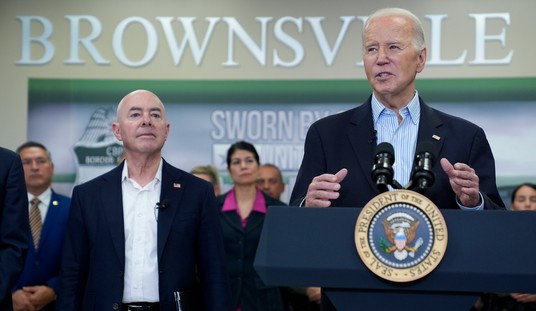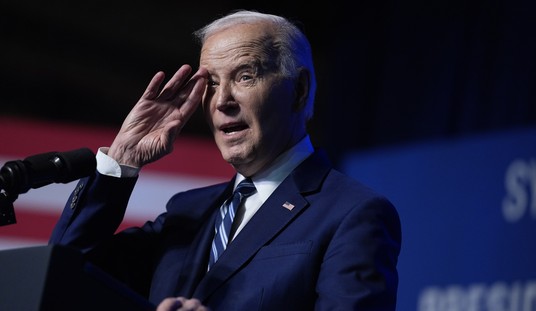Nate Silver has pumped vast quantities of polls, surveys, and other data into his election model. Dick Morris has one theory and a gut feel for the race. The two election prognosticators could not be farther apart in their methodology or their projected outcomes. Silver predicts a close, but very likely victory for President Obama. Morris projects a win for Romney that exceeds Republicans’ wildest expectations.
Silver’s model has been very successful in its short lifespan. It includes poll data, economic data such as the stock market and unemployment numbers, and demographic information.
Recently, conservatives have been angered by the model’s confidence in Obama’s re-election chances. While Silver’s Electoral College projection nearly mirrors the RealClearPolitcs no toss-up map, his level of confidence indicates Mr. Romney is a significant underdog. His reasoning is based a pretty firm foundation of polling. According to RealClearPolitics, Romney leads by less that two points in Florida and is in virtual ties in Colorado and Virginia. Romney’s best path to victory is holding Florida, have the ties break his way in Colorado and Virginia, while overcoming a two-point deficit in Ohio. Obama only needs to win states where polling places him ahead. He could even lose both Iowa and New Hampshire where he has small leads and still win.
While Silver’s model correctly credits Obama’s poll advantage, I believe he errs in making relatively small margins appear insurmountable. As I pointed out in the Daily Caller, six of thirteen battleground polling averages were off by at least three points in 2008. Three of the six (Iowa, Nevada, and New Mexico) were off by six points or more. This seems to indicate that a two-point lead may not always be worthy of the certainty Silver allots it.
Recommended
Silver also confuses his polling averages with an opaque weighting process (although generally he is very open about his methodology) and the inclusion of all polls no matter how insignificant – or wrong – they may be. For example, the poll that recently helped put Obama ahead in Virginia was an Old Dominion poll that showed Obama up by seven points. The only problem is that the poll was in the field for 28 days – half of which were before the first Presidential debate. Granted, Silver gave it his weakest weighting, but its inclusion in his model is baffling.
The one factor not taken into account by Silver, is the cornerstone of Dick Morris’s prediction. Morris goes back to the old rule than an incumbent president will not receive an actual percentage of the vote higher than his final polling number. In other words, if the incumbent is polling at 48% he will lose even if he is beating the challenger 48%- 45%. All undecideds go to the challenger.
As Morris acknowledges, George W. Bush in 2004 is the exception to this rule. The immediate problem his theory faces is that prior to 2004, you need to go back to 1996 to see the “Morris law” in effect. Other “recent” presidential incumbent elections were 1992 and 1984 so he has very few data points on which to base his prediction.
Morris is correct in pointing out Obama’s 50% problem. Obama not only fails to reach 50%, he’s been stuck at 47% since the first debate. Political Science 101 says this is bad news for any incumbent.
Morris is also not alone in his thinking. Suffolk University stopped polling in North Carolina, Florida, and Virginia because Obama only polled in the mid-40s in these three states preceding the first debate. Suffolk assumed that the President’s post-debate slide would drop him into the lower 40s, which would be an unwinnable position for him.
The problem area for Morris is when incumbents poll near 50% but fall short. If the President is around 49%, polling error becomes an issue. Most incumbents also have turnout machines that are superior to their opponents. This can easily account for the needed point or two.
Rather than excusing 2004 as an exception, perhaps Morris should use 2004 as the baseline for where an incumbent needs to be for re-election. George W. Bush went into the 2004 election with a final approval number and poll number around 49% and it proved just enough to win a narrow Electoral College victory. Perhaps 48 is the new 50.
Of the two predictions, Morris’s assertion that Romney will clear 300 electoral votes and win the popular vote by at least 5% is the most extreme. Silver presents a favorable prediction for Obama, but one that falls within the accepted range of current polling. That being said, Silver has more riding on this prediction. His short history gives him little margin for getting the big one wrong. We will be seeing Dick Morris on cable news for years to come regardless of the outcome.





















Join the conversation as a VIP Member